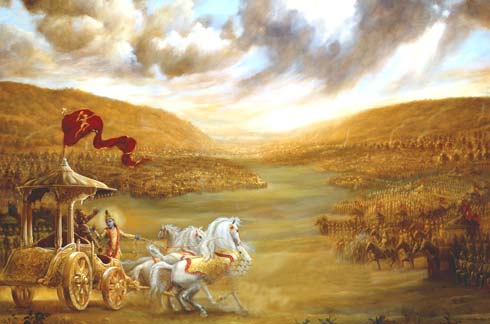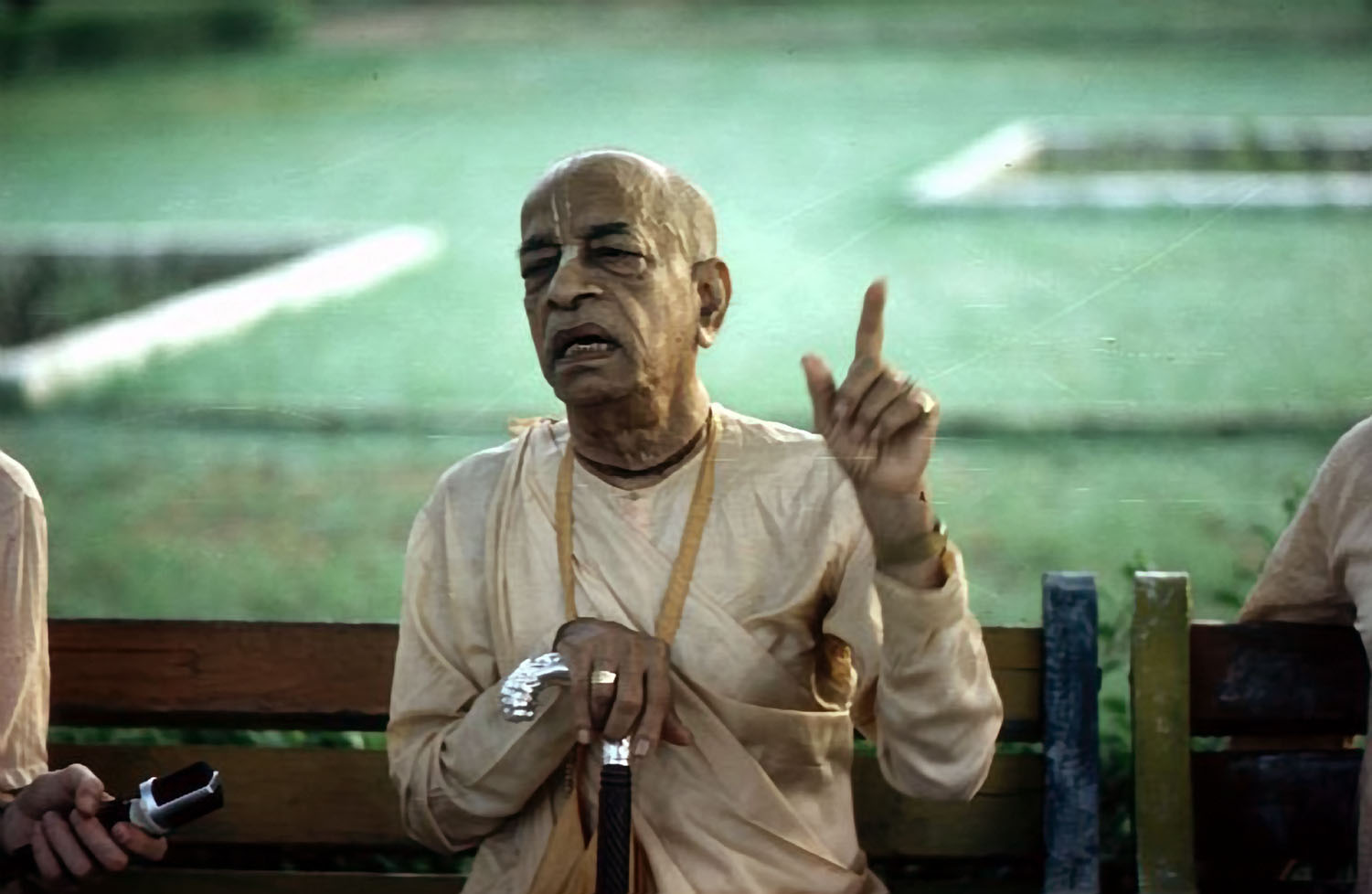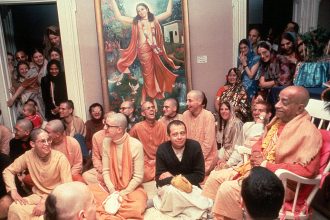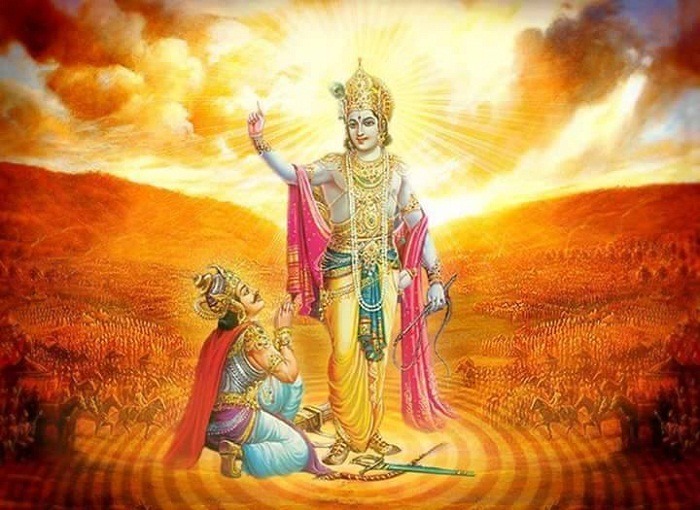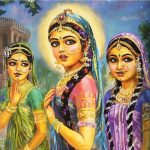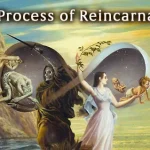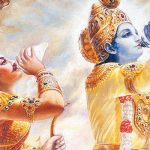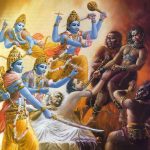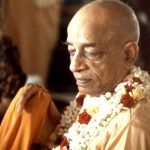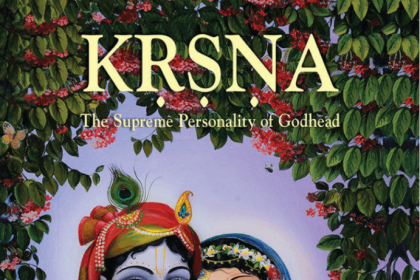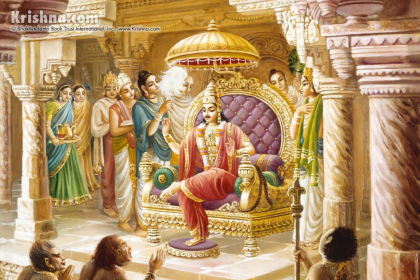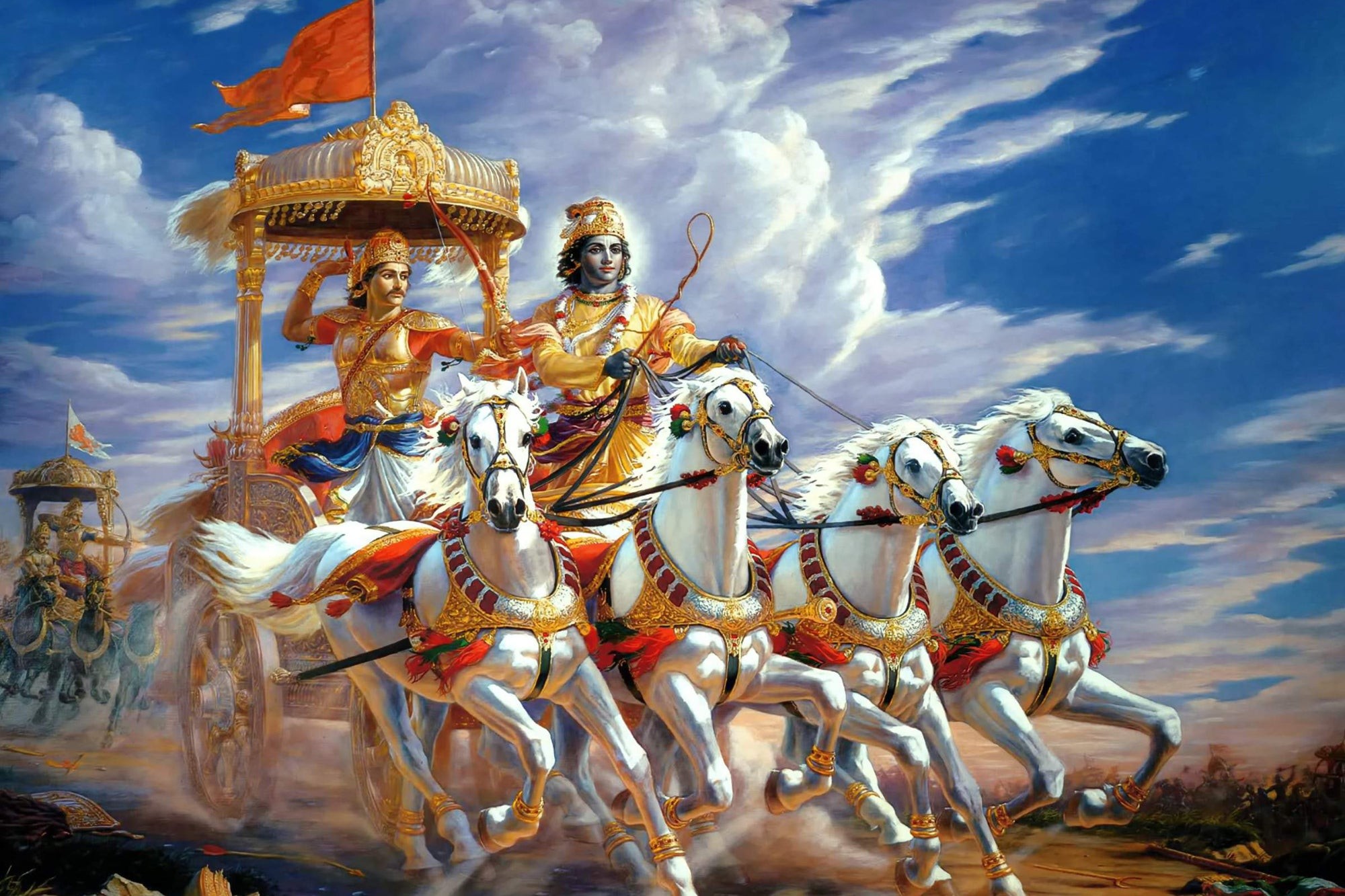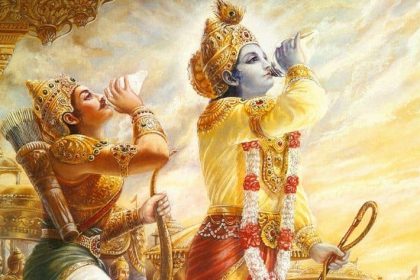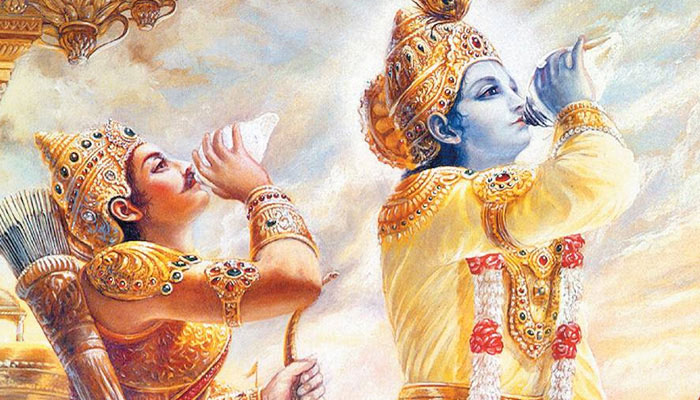TEXT 23
nainaṁ chindanti śastrāṇi
nainaṁ dahati pāvakaḥ
na cainaṁ kledayanty āpo
na śoṣayati mārutaḥ
SYNONYMS
na—never; enam—this soul; chindanti—can cut to pieces; śastrāṇi—weapons; na—never; enam—this soul; dahati—burns; pāvakaḥ—fire; na—never; ca—also; enam—this soul; kledayanti—moistens; āpaḥ—water; na—never; śoṣayati—dries; mārutaḥ—wind.
TRANSLATION
The soul can never be cut to pieces by any weapon, nor burned by fire, nor moistened by water, nor withered by the wind.
PURPORT
All kinds of weapons—swords, flame weapons, rain weapons, tornado weapons, etc.—are unable to kill the spirit soul. It appears that there were many kinds of weapons made of earth, water, air, ether, etc., in addition to the modern weapons of fire. Even the nuclear weapons of the modern age are classified as fire weapons, but formerly there were other weapons made of all different types of material elements. Firearms were counteracted by water weapons, which are now unknown to modern science. Nor do modern scientists have knowledge of tornado weapons. Nonetheless, the soul can never be cut into pieces, nor annihilated by any number of weapons, regardless of scientific devices.
The Māyāvādī cannot explain how the individual soul came into existence simply by ignorance and consequently became covered by the illusory energy. Nor was it ever possible to cut the individual souls from the original Supreme Soul; rather, the individual souls are eternally separated parts of the Supreme Soul. Because they are atomic individual souls eternally (sanātana), they are prone to be covered by the illusory energy, and thus they become separated from the association of the Supreme Lord, just as the sparks of a fire, although one in quality with the fire, are prone to be extinguished when out of the fire. In the Varāha Purāṇa, the living entities are described as separated parts and parcels of the Supreme. They are eternally so, according to the Bhagavad-gītā also. So, even after being liberated from illusion, the living entity remains a separate identity, as is evident from the teachings of the Lord to Arjuna. Arjuna became liberated by the knowledge received from Kṛṣṇa, but he never became one with Kṛṣṇa.
TEXT 24
acchedyo ‘yam adāhyo ‘yam
akledyo ‘śoṣya eva ca
nityaḥ sarva-gataḥ sthāṇur
acalo ‘yaṁ sanātanaḥ
SYNONYMS
acchedyaḥ—unbreakable; ayam—this soul; adāhyaḥ—unable to be burned; ayam—this soul; akledyaḥ—insoluble; aśoṣyaḥ—not able to be dried; eva—certainly; ca—and; nityaḥ—everlasting; sarva-gataḥ—all—pervading; sthāṇuḥ—unchangeable; acalaḥ—immovable; ayam—this soul; sanātanaḥ—eternally the same.
TRANSLATION
This individual soul is unbreakable and insoluble, and can be neither burned nor dried. He is everlasting, present everywhere, unchangeable, immovable and eternally the same.
PURPORT
All these qualifications of the atomic soul definitely prove that the individual soul is eternally the atomic particle of the spirit whole, and he remains the same atom eternally, without change. The theory of monism is very difficult to apply in this case, because the individual soul is never expected to become one homogeneously. After liberation from material contamination, the atomic soul may prefer to remain as a spiritual spark in the effulgent rays of the Supreme Personality of Godhead, but the intelligent souls enter into the spiritual planets to associate with the Personality of Godhead.
The word sarva-gata (“all-pervading”) is significant because there is no doubt that living entities are all over God’s creation. They live on the land, in the water, in the air, within the earth and even within fire. The belief that they are sterilized in fire is not acceptable, because it is clearly stated here that the soul cannot be burned by fire. Therefore, there is no doubt that there are living entities also in the sun planet with suitable bodies to live there. If the sun globe is uninhabited, then the word sarva-gata—”living everywhere”—becomes meaningless.


